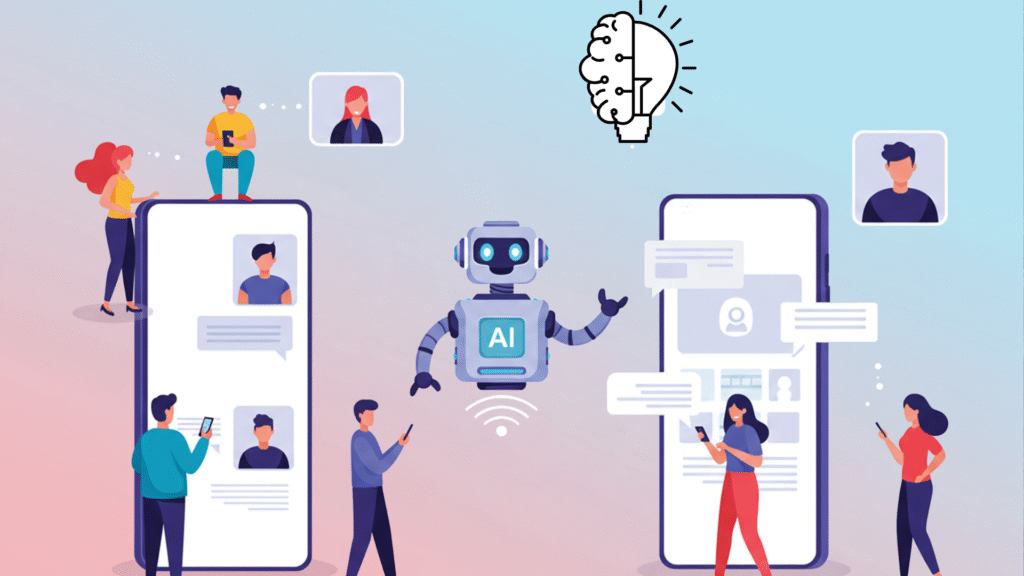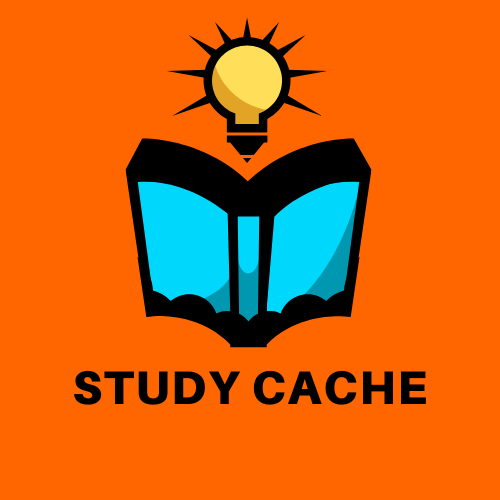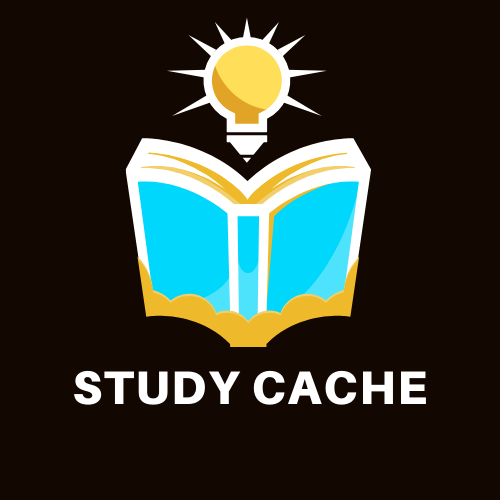What is Artificial Intelligence in Education?
Artificial Intelligence in Education is essentially the application of AI technology, such as natural language processing and machine learning, to improve instruction. In practice, it means smart tutors, chatbots that clarify doubts instantly, platforms that tailor lessons to your understanding level, and tools that assess learning gaps. This convergence matters because it makes learning more personalized, efficient, and data-driven— something I believe is crucial for modern education.
Table of Contents
Introduction:
A few years ago, I recall my shock and excitement when I first tried an AI-powered learning app. The way it adjusted exercises for me based on my mistakes, offering hints just when I needed them— that moment sparked my fascination with Artificial Intelligence in Education. Today, I want to share my perspective on how AI is not just a tool, but a revolution reshaping classrooms, student engagement, and teaching itself.
How Artificial Intelligence in Education is Transforming Classrooms
1. Personalized Learning Paths with AI
In traditional classrooms, one-size-fits-all learning is the norm. In contrast, AI-powered platforms like DreamBox, Knewton, and BYJU’S adapt content to individual learning speeds and gaps. When I used BYJU’S for revision, I noticed it prepping me with the help I needed—neither too easy nor too difficult. That dynamic adjustment means every student gets a custom learning experience.
2. Creating Engaging and Interactive Content with AI
AI isn’t just about text—it can craft dynamic lesson experiences using virtual reality (VR), augmented reality (AR), or gamification. I experienced immersive journeys through ancient Rome with an AR app—it wasn’t just fun, it was memorable. Platforms like Labster offer AI-driven virtual labs where students can experiment safely, an approach that brings science and exploration to life.
3. Intelligent Feedback and Assessment with AI
I remember the time I submitted a short essay to an AI-based grader; the feedback was instant and insightful—pointing out grammar errors, weak arguments, and missing references. Tools like Gradescope and Turnitin go beyond plagiarism detection, offering formative feedback on writing, reasoning, and structure. This timely feedback can keep learners engaged and aware of their improvement areas.
4. Making Education More Accessible using AI
Accessibility has always been a concern in education. But AI offers solutions like real-time captions, text-to-speech, and language translation—great for students with hearing or visual challenges, or language barriers. I once helped a friend who struggled with English by letting AI tools translate math problems into his native language so he could follow lessons with confidence.

The Benefits of AI and Education: What I See as the Advantages
1. Increased Efficiency for Educators
AI automates repetitive tasks—grading quizzes, tracking attendance, reporting. I’ve seen teachers shift from paperwork to mentoring, guiding students on soft skills and complex concepts, thanks to AI handling routine work.
2. Enhanced Student Engagement and Motivation
Learning becomes interactive and satisfying with AI tutors, badges for achievements, and adaptive challenges. My cousin was more motivated to complete math modules when AI turned it into a learning path with unlocked milestones.
3. Data-Driven Insights for Educators and Institutions
AI analytics reveal class-wide trends, performance gaps, and deep-dive insights into individual progress. Interpreting those dashboards help teachers adjust lessons proactively. I’ve used this data personally to choose which topics to revisit.
4. Preparing Students for an AI‑Driven Future
Beyond improved grades, interacting with AI tools builds students’ tech fluency. I’ve noticed digital literacy improves when students work with AI—searching smartly, interpreting AI feedback critically, and understanding algorithmic behavior.
Concerns Surrounding Artificial Intelligence in Education: My Reservations and Questions
1. Ethical Considerations
AI algorithms may replicate biases in training data. I ask—if certain groups underperform consistently due to algorithmic bias, how will we prevent unfair labeling of struggling learners?
2. Data Privacy and Security
AI systems collect personal data, performance history, and behavioral insights. Who controls this data? Without robust privacy safeguards, misuse or inadvertent exposure becomes a real risk—not theoretical, in my opinion.
3. Will AI Replace Humans in Education?
I firmly believe AI is a powerful tool, not a replacement. Human traits like empathy, discernment, and cultural awareness are extremely important in the classroom. AI can augment, but human connection remains irreplaceable.
4. Digital Divide and Equitable Access
AI’s benefits are limited by device and internet access. My concern is inequality. If AI-enhanced learning remains a privilege of well-resourced schools, it may exacerbate existing divides.
5. Risk of Over‑Reliance on Technology
Dependence on AI tools could dull students’ independent thinking. I’ve observed the value of still planting moments without technology—encouraging self-reflection, group work, or hands-on projects—to balance AI’s influence.
How to Prepare for AI Integration in Schools: My Advice
1. For Educators
- Develop AI literacy: Attend workshops on using AI tools responsibly.
- Revise pedagogy: Incorporate AI by designing blended lessons—combine interactive AI exercises with discussions and projects.
- Retain transparency: Explain to students how AI systems work and what they should verify manually.
2. For Students Artificial intelligence in education
- Build critical thinking skills: Learn to question AI outputs and cross-check facts.
- Develop adaptability: Embrace new tools rapidly—mastering them early offers a future advantage.
Ethical awareness: Understand biases, privacy, and digital consent before trusting AI systems.
3. For Institutions
Establish ethical policies: Define data governance, privacy protection, and equity standards.
Invest in infrastructure: Ensure reliable internet, devices, and support systems.
Provide training: Launch training for teachers and administrators to effectively use AI tools.
The Role of Artificial Intelligence in Education: Empowering Learners and Institutions
As an overarching insight, I see AI as an equalizing force—it empowers self-pacing, improves access, and provides personalized feedback. Institutions can harness AI to optimize resources and make strategic decisions. Most importantly, the human-AI partnership forms a compelling learning ecosystem—one that blends technology with human mentorship.
How AI Will Change the Education System in 2025: My Predictions
- Curriculum shift: I predict Artificial Intelligence in Education‘s literacy will enter the curriculum along with core subjects by 2025.
- Personalized learning wearables: Smart-wearables measuring attention and stress will help tailor learning in real time.
- AI-supported teacher assistants: Teachers will work side-by-side with AI tools that suggest interventions, track progress, and automate logistics.
- Global peer learning: Artificial Intelligence in Education has powered translation tools will allow cross-cultural classroom collaboration and exchange.
- AI lifelong learning hubs: Centralized learning repositories—fed by AI—will curate continuous education for professionals and youth alike.
AI-Powered Personalized Learning Paths in Education
The potential of AI in education to provide individualized learning experiences is among its most revolutionary features. In traditional classrooms, every student typically follows the same pace, whether they’re struggling or racing ahead. But AI changes that.
From my experience and observation, AI-powered platforms can assess a student’s strengths, weaknesses, learning style, and pace. Based on this data, they automatically adjust the difficulty level, suggest practice material, and even modify lesson plans—just like a personal tutor.
For instance, I’ve come across adaptive learning platforms like Khan Academy, DreamBox, and BYJU’S, which use AI algorithms to deliver lessons that match individual learning curves. A student who’s good at math but struggles with reading won’t receive the same material as someone with opposite strengths—and that’s the beauty of AI.
I believe Artificial Intelligence in Education has the potential to make every student feel seen, supported, and challenged in just the right way. This personalized path doesn’t just boost performance—it builds confidence.
Finding Learning Gaps in Education using AI
One of the most powerful uses of Artificial Intelligence in Education is its ability to identify learning gaps quickly and accurately. From my point of view, this is a game-changer for both students and teachers.
In a traditional classroom, it can be difficult for teachers to pinpoint exactly where each student is struggling. But AI can do this in real time. Through intelligent assessments, quizzes, and learning analytics, AI systems can detect patterns—such as repeated mistakes, hesitation, or skipped topics.
For example, platforms powered by AI can instantly flag when a student doesn’t fully grasp a concept like fractions or grammar rules. The system then recommends targeted exercises or video lessons to reinforce those specific areas.
I’ve seen how this targeted support can prevent students from falling behind, making learning more effective and less frustrating. More importantly, it allows educators to adjust their instruction based on actual student needs, not just assumptions.
With Artificial Intelligence in Education, we move from a “one-size-fits-all” approach to a data-driven, personalized support system. This is how we ensure every learner gets the help they truly need, right when they need it.
Conclusion: AI in Education
When I reflect on my early exposure to AI tutors and where we are headed, I’m optimistic. Artificial Intelligence in Education has the potential to democratize learning, sharpen individual growth, and prepare learners for a complex future. Yes, there are concerns—ethical, infrastructural, equity-based—but I believe thoughtful implementation, human oversight, and continuous reflection will guide us responsibly forward. In shaping tomorrow’s classroom, AI is not just a tool—it’s a partner in progress.

